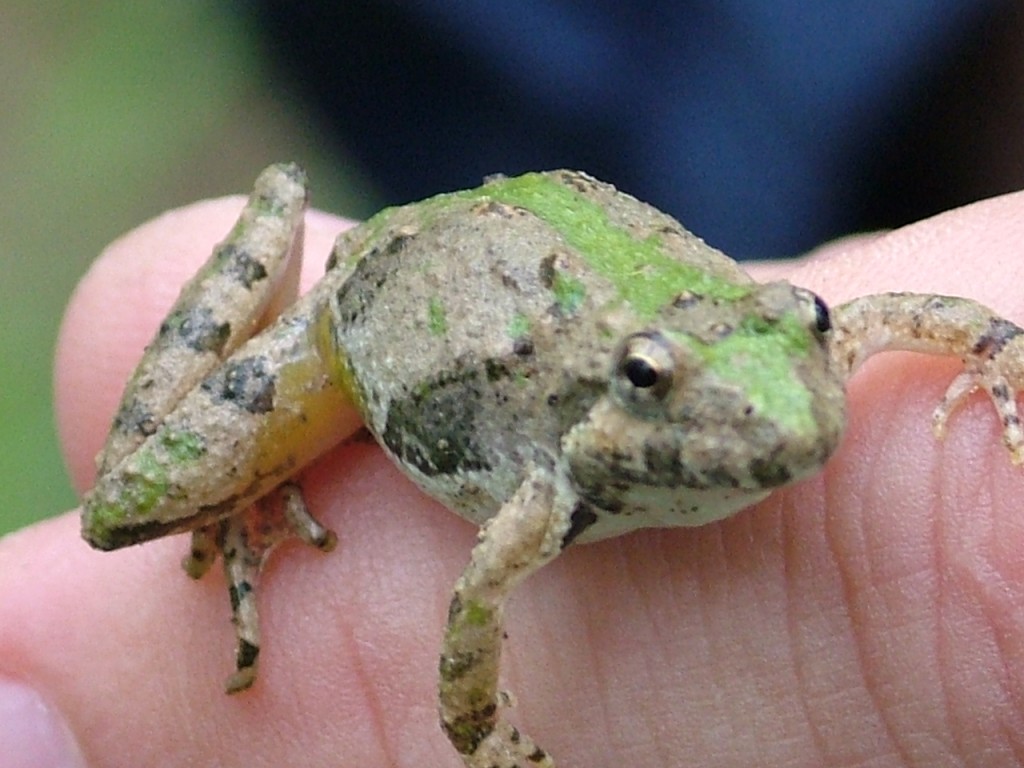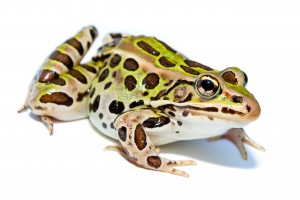Want to Learn Frog Calls? Resources for Mid-West to Eastern North America

Where To Find Helpful Frog Call Resources
As Spring nears It's time to consider brushing up on your frog calls, either for personal fun or so that you can help with amphibian surveys. There's nothing like being able to pick out specific species of frogs by their calls. It's like learning the notes of music. Now I'll admit that I'm rusty, every year Spring rolls around and I find myself dragging out the ear buds and MP3 and practicing. I usually get a whole bunch wrong, but it's fun relearning.
Let's refresh on the basics. Most often it's only the male frogs call, and calls are species specific though there are dialects by region (croak, croak, croak yall). Dialects allow males to self-sort and avoid competing with males from other areas that are far away or outside their region. Male frogs call to attract mates and to advertise their fitness to females. Mostly mating is done at night under cover of darkness so frogs use vocalizations instead of visual displays. Calls are produced in the larynx and are amplified by one or more vocal sacs. These sacs are thin membranes of skin that are either directly under the chin or extending from chin to mouth. Female frogs may respond to the males to encourage their advances with short croaks or other sounds (some females object quite vocally if they don't find the male's advances desired).

When many frogs call at once it's called a "chorus." Choruses can be quite loud, and the pitch and loudness may increase if there is heavy traffic or noise nearby. Male frogs conserve energy when rivals are not near-by and they have "low energy" calls that simply establish their territory. When competition is high they expend more energy to call more loudly, but what is unique is that they call in a species specific pattern with the other males. This allows all males to be heard without being completely drowned out. This type of cooperation is a unique strategy in the animal kingdom shared by vocal insects and frogs (for those with a mad pash. for reading scientific papers check out this doozy on the call-timing algorithm of the white-lipped frog). There are probably multiple reasons for this strategy but most likely it has to do with increasing fitness by decreasing energy expended calling, because everyone gets a chance.
Now let's get on to the resources you need to brush up or even learn frog calls for the first time. There are a few things you might find useful before you start.

